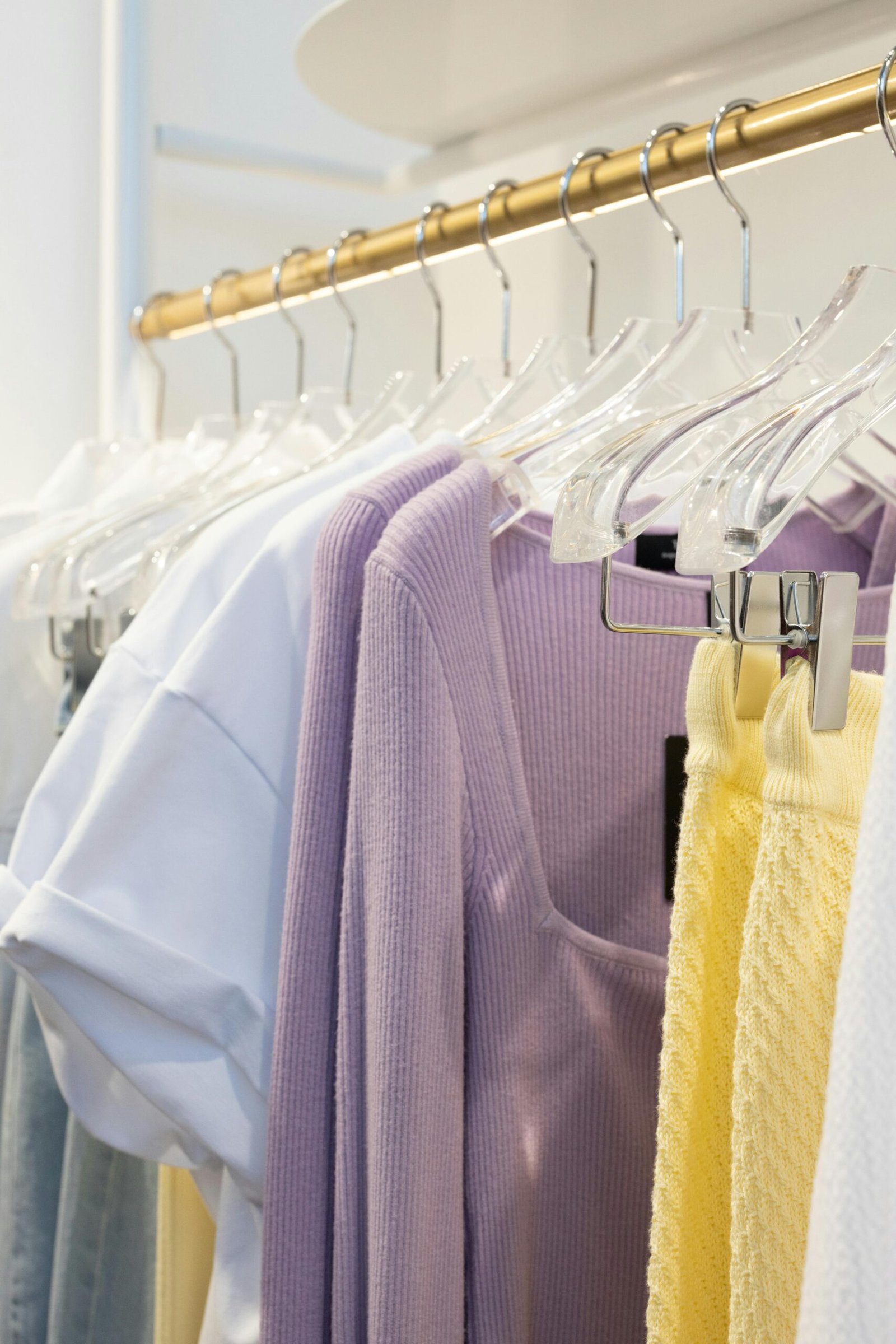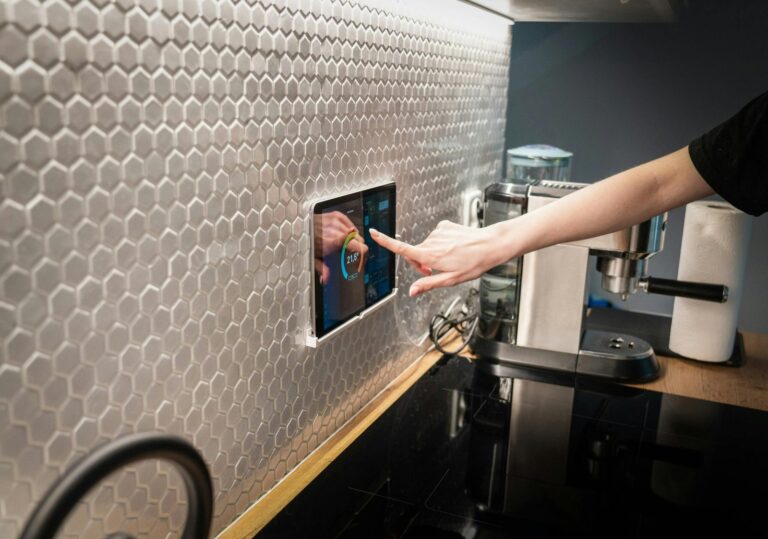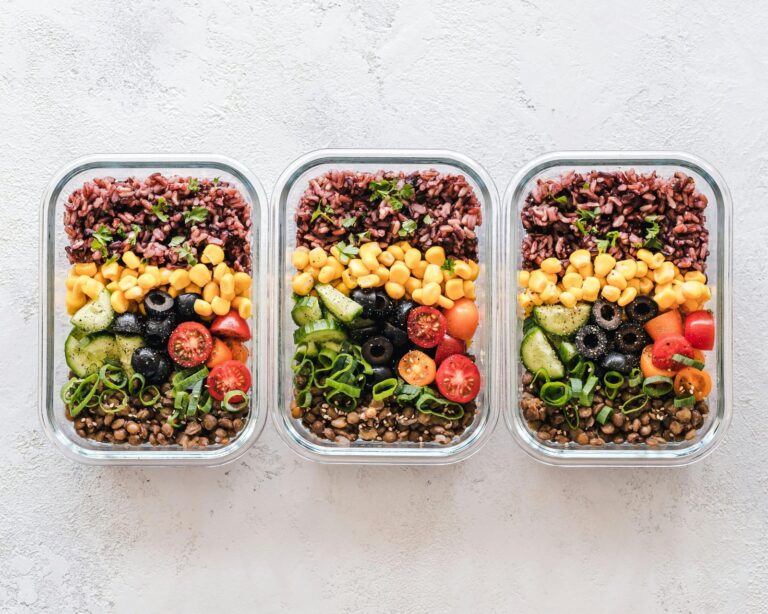How to Build a Minimalist Wardrobe: Tips for a Stylish and Sustainable Closet
Creating a minimalist wardrobe is all about simplifying your clothing choices while still maintaining a stylish and functional closet. With the rise of fast fashion and overstuffed closets, a minimalist wardrobe offers a sustainable solution that allows you to reduce clutter, save money, and make more conscious purchasing decisions.
In this guide, we’ll walk you through the essential steps to building a minimalist wardrobe that fits your lifestyle, reflects your personal style, and helps the environment by embracing sustainability.
1. Start with a Clear Out
Before you begin building a minimalist wardrobe, it’s essential to clear out any unnecessary clothing items. Take a good look at your current wardrobe and remove items that no longer fit, are worn out, or simply don’t serve you anymore.
How to Get Started:
- Sort your clothes: Create separate piles for items to donate, sell, or discard.
- Ask yourself key questions: Does this item fit my current style? Do I wear it regularly? Is it versatile and easy to mix and match with other pieces?
Tip: Keep only the items that make you feel good and that you regularly wear. This will give you a better sense of what you truly need.
2. Identify Your Personal Style
A minimalist wardrobe should reflect your unique personal style while focusing on simplicity and functionality. Identifying your style preferences will help you curate a collection of clothing that you truly love and wear frequently.
How to Identify Your Style:
- Look for inspiration: Browse fashion blogs, social media platforms like Pinterest, or even street style photos to get a sense of what resonates with you.
- Analyze your existing clothes: What are the common themes in your favorite outfits? Do you prefer neutral colors, bold prints, or classic silhouettes?
Tip: Choose clothing items that complement each other and fit well into your everyday life. Avoid trends that may quickly go out of style.
3. Choose High-Quality, Versatile Pieces
A minimalist wardrobe thrives on versatility, so focus on investing in high-quality, timeless pieces that can be worn in a variety of settings. These pieces should be able to mix and match with ease, offering you endless outfit combinations.
Essential Pieces for Your Minimalist Wardrobe:
- Basic t-shirts and tops: Opt for neutral colors like black, white, grey, or beige.
- Tailored pants and jeans: Choose flattering, well-fitted pants in classic cuts.
- Versatile dresses or skirts: Go for simple, elegant designs that can be dressed up or down.
- Outerwear: A classic jacket, blazer, or coat will work for different occasions.
- Quality footwear: Invest in comfortable, durable shoes that can go with multiple outfits.
Tip: Stick to classic cuts and colors that won’t go out of style quickly. This makes it easier to mix and match and ensures your pieces will last for years.
4. Embrace a Neutral Color Palette
A key element of minimalist wardrobes is a neutral color palette that works together seamlessly. Neutral colors like black, white, navy, beige, and grey provide the foundation for a versatile wardrobe that makes it easy to create outfits without overthinking.
How to Create Your Palette:
- Choose 2-3 main colors: Stick to a few basic colors and add accent tones or patterns sparingly.
- Incorporate textures: Add variety to your wardrobe by playing with textures such as cotton, wool, linen, and leather instead of relying solely on prints or bold colors.
Tip: A neutral color palette not only looks stylish but also makes packing for trips or getting dressed in the morning much easier.
5. Invest in Sustainable, Eco-Friendly Fabrics
Sustainability is a central component of a minimalist wardrobe. Opting for eco-friendly fabrics ensures that you’re making mindful purchases that are better for the planet and often longer-lasting. While it may cost a little more upfront, sustainable fashion can save you money in the long run due to its durability.
Sustainable Fabric Choices:
- Organic cotton: Grown without harmful pesticides or chemicals.
- Linen: Made from the flax plant, linen is a durable and biodegradable fabric.
- Wool: A natural and renewable material that’s both warm and breathable.
- Recycled polyester: Made from post-consumer plastic bottles, recycled polyester is an eco-friendly alternative.
Tip: Look for certifications like Global Organic Textile Standard (GOTS) or Fair Trade to ensure the garments are sustainably produced.
6. Focus on Functionality and Fit
A minimalist wardrobe should prioritize function and fit over excessive trends. Clothes that fit well and serve a purpose in your daily life will help you feel more confident and comfortable. Avoid buying items that look great on a mannequin but don’t suit your lifestyle or body type.
How to Prioritize Fit:
- Tailor your clothes: Don’t be afraid to have your clothes altered for the perfect fit. Tailoring can make a big difference in how clothing looks and feels.
- Choose adaptable pieces: Look for clothing that can easily transition from casual to formal settings.
Tip: Pay attention to details like sleeve length, waist fit, and pant length. Well-fitting clothes not only look better but will also last longer.
7. Create a Capsule Wardrobe
A capsule wardrobe is a curated collection of essential, versatile pieces that you can mix and match to create numerous outfits. It’s the heart of minimalist fashion, providing a smaller, more intentional selection of clothing that meets all your needs.
How to Build a Capsule Wardrobe:
- Choose 30-40 items: Include clothing, shoes, and accessories that you wear frequently and that complement each other.
- Focus on versatility: Ensure each item can be dressed up or down and works in multiple combinations.
Tip: Keep the capsule wardrobe concept seasonal, meaning you can rotate your wardrobe with a few key pieces for each season.
8. Avoid Impulse Buys
One of the key principles of building a minimalist wardrobe is to avoid impulse buying. This will help prevent your closet from overflowing with items you don’t need or wear. Instead, take time to evaluate each purchase and ensure it aligns with your style and needs.
How to Avoid Impulse Buys:
- Create a shopping list: Identify what you truly need before you start shopping.
- Wait 24 hours before buying: This will give you time to consider if the purchase is really necessary.
- Set a budget: Stick to a shopping budget to avoid overspending on unnecessary items.
Tip: Always ask yourself, “Does this piece fit into my current wardrobe and lifestyle?” If the answer is no, it might be best to skip it.
9. Maintain Your Wardrobe
Taking care of your clothes is essential to ensuring their longevity, which is a core principle of minimalism. With fewer items, it’s important to preserve the quality of each piece so that it lasts for many years.
How to Care for Your Wardrobe:
- Wash clothes carefully: Follow care labels and wash clothes in cold water to prevent wear and tear.
- Store clothes properly: Use hangers, garment bags, or storage bins to protect clothing from damage.
- Repair instead of replacing: If something gets damaged, consider having it repaired instead of throwing it away.
Tip: Proper care and maintenance will help your clothes last longer, reducing the need for frequent replacements.
10. Reassess Regularly
A minimalist wardrobe isn’t static—it evolves with your lifestyle and needs. Regularly reassess your wardrobe to ensure it’s still working for you and that you’re getting the most out of your items.
How to Reassess Your Wardrobe:
- Seasonally evaluate: Every few months, check if any items no longer suit your lifestyle or taste.
- Stay mindful: Ask yourself if each piece still aligns with your style goals and needs.
Tip: Keep your wardrobe dynamic, making small adjustments as your needs change over time. This ensures your wardrobe remains functional and relevant.
Conclusion: Building a Sustainable Minimalist Wardrobe
A minimalist wardrobe doesn’t have to mean sacrificing style or comfort. By focusing on quality, versatility, and sustainability, you can create a closet that is both stylish and environmentally friendly. Start by decluttering your current wardrobe, identifying your personal style, and investing in high-quality, timeless pieces. Over time, you’ll enjoy the simplicity and freedom that comes with a well-curated, minimalist wardrobe that suits your life.
5 Unique FAQs
- How many pieces should be in a minimalist wardrobe?
A minimalist wardrobe typically consists of 30-40 essential pieces, including clothing, shoes, and accessories that can be mixed and matched. - Is building a minimalist wardrobe more expensive?
While the initial investment in quality, sustainable pieces might be higher, minimalist wardrobes save money in the long run by reducing the need for frequent purchases. - Can I still keep a few trendy pieces in a minimalist wardrobe?
Yes, but it’s important to limit trendy items to a few that complement your timeless pieces. Prioritize versatility over trends. - What are the best fabrics for a sustainable minimalist wardrobe?
Organic cotton, wool, linen, and recycled materials are great options for a sustainable wardrobe. - How do I avoid clutter in a minimalist wardrobe?
Regularly reassess your closet, avoid impulse buys, and make intentional purchases that serve a clear purpose in your wardrobe.




